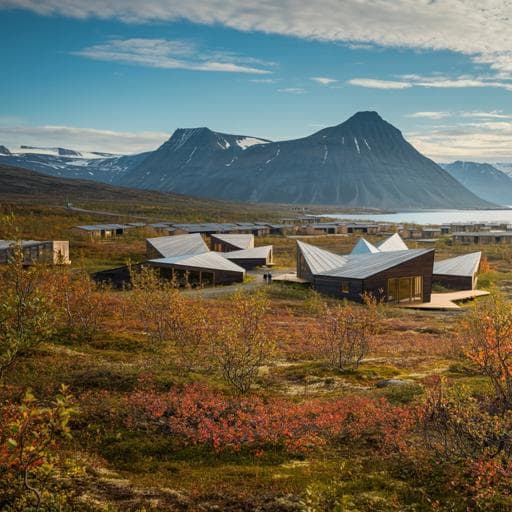
Environmental Studies and Forestry
We belong to the land: review of two northern rewilding sites as a vehicle for equity in conservation
T. Mustonen, A. Scherer, et al.
This research by Tero Mustonen, Antoine Scherer, and Jennifer Kelleher delves into two community-led rewilding projects in Finland and Sámi territories, focusing on creating equitable conservation through collaborative efforts that address historical injustices and support Indigenous communities.
~3 min • Beginner • English
Related Publications
Explore these studies to deepen your understanding of the subject.







